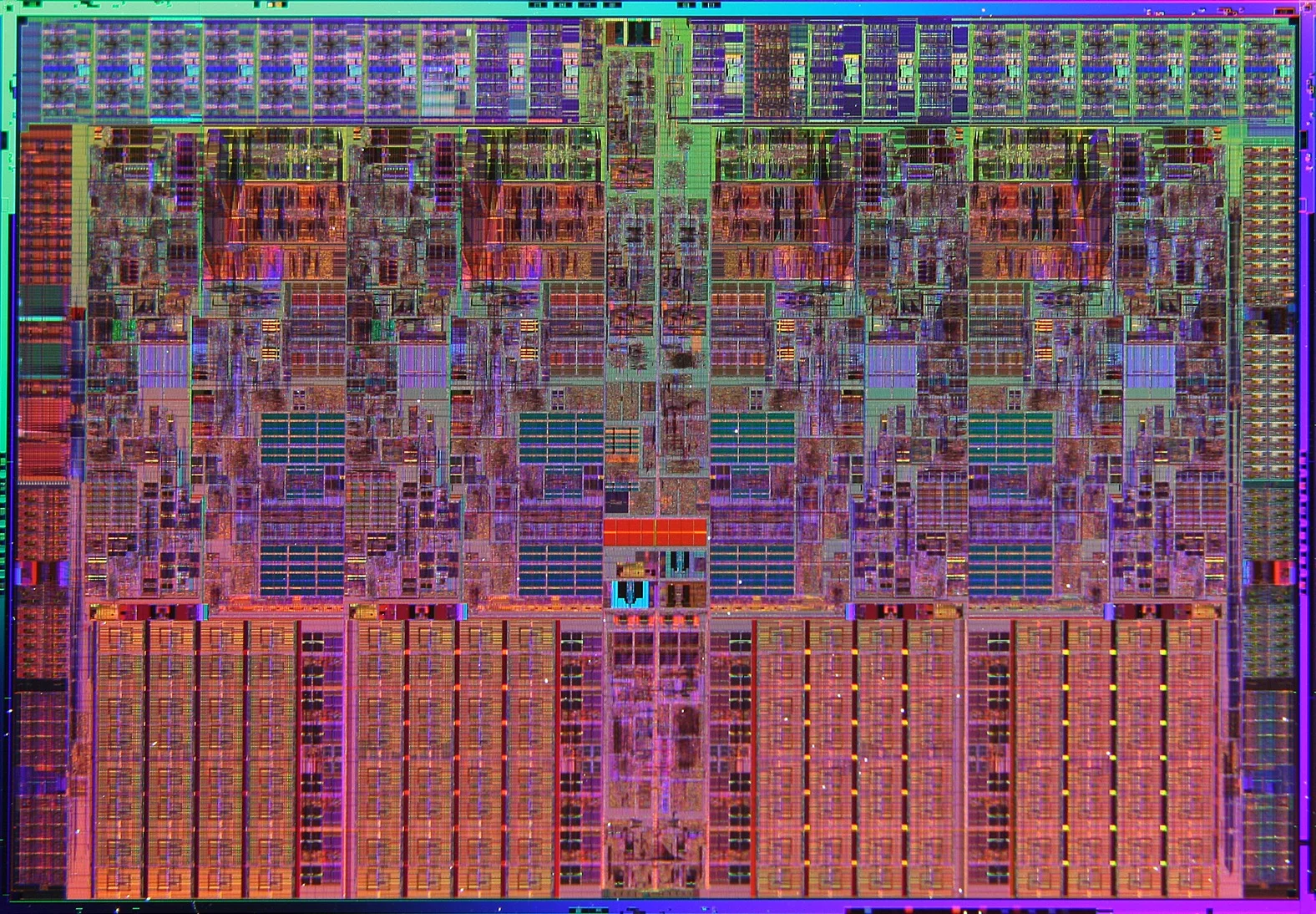Publications: Books
Count Girls In: Empowering Girls to Combine Any Interests with STEM to Open up a World of Opportunity
by Karen Panetta Ph.D. (Author), Katianne Williams (Author)
There is a place for all girls and young women—not just the science fair winners and robotics club members—in STEM classes and careers
To succeed in science and tech fields today, girls don’t have to change who they are. A girl who combines her natural talents, interests, and dreams with STEM skills has a greater shot at a career she loves and a salary she deserves. The authors present compelling research in a conversational, accessible style and provide specific advice and takeaways for each stage of schooling from elementary school through college, followed by comprehensive STEM resources. This isn’t a book about raising competitive, test-acing girls in lab coats; this is about raising happy, confident girls who realize the world of opportunities before them.
Multimedia Encryption Using Recursive Sequences (co-author)
Yicong Zhou, Karen A. Panetta, and Sos S. Agaian, VDM Verlag Dr. Müller, 2008.
Providing security for multimedia data has become an important issue for individuals, companies and governments. Traditional cryptographic methods for multimedia security tend to add a significant amount of overhead to achieve quality encryption levels. This additional overhead is not conducive to processing large amounts of data in real-time applications. Recursive sequence based multimedia encryption theory can meet the stringent performance requirements for real-time multimedia applications, while achieving different levels of security. This book focuses on presenting efficient encryption approaches that are suitable for real-time applications. It is intended to be used by individuals interested in privacy, copyright protection, and security of digital information.
Principles of Modern Digital Design (contributor)
Parag K. Lala, Hoboken, N.J: Wiley-Interscience, 2007.
A major objective of this book is to fill the gap between traditional logic design principles and logic design/optimization techniques used in practice. Over the last two decades, several techniques for computer-aided design and optimization of logic circuits have been developed. However, underlying theories of these techniques are inadequately covered or not covered at all in undergraduate textbooks. This book covers not only the "classical" material found in current textbooks but also selected materials that modern logic designers need to be familiar with.
Handbook of Multimedia Computing (contributor)
Borivoje Furht, Boca Raton, Fla: CRC Press LLC, 1999.
Multimedia computing has emerged as a major area of research. Coupled with high-speed networks, multimedia computer systems have opened a spectrum of new applications by combining a variety of information sources, such as voice, graphics, animation, images, audio, and video.
Handbook on Multimedia Computing provides a comprehensive resource on advanced topics in this field, considered here as the integration of four industries: computer, communication, broadcasting/entertainment, and consumer electronics. This indispensable reference compiles contributions from 80 academic and industry leaders, examining all the major subsets of multimedia activity.
Concurrent and Comparative Discrete Event Simulation (contributor)
Ernst G. Ulrich, Vishwani D. Agrawal, Jack H Arabian, Boston; Dordrecht; London: Kluwer academic publ., 1994.
The unique experience of the authors confers a special character to this book: It is authoritative, inspired, and focused on what is conceptually important. Another unique aspect of this book, perhaps the one that will be the most surprising for many readers, is that it is strongly projected towards the future. Concurrent simulation is presented as a general experimentation methodology and new intriguing applications are analyzed. The discussion of multi-domain concurrent simulation—recent work of Karen Panetta and Ernst Ulrich—is fascinating.
Handbook of Communications (contributor)
CRC Press.
How to Grow a STEM Team (co-author)
Four Schools for Women in Engineering, National Science Foundation.
 Karen Panetta
Karen Panetta





